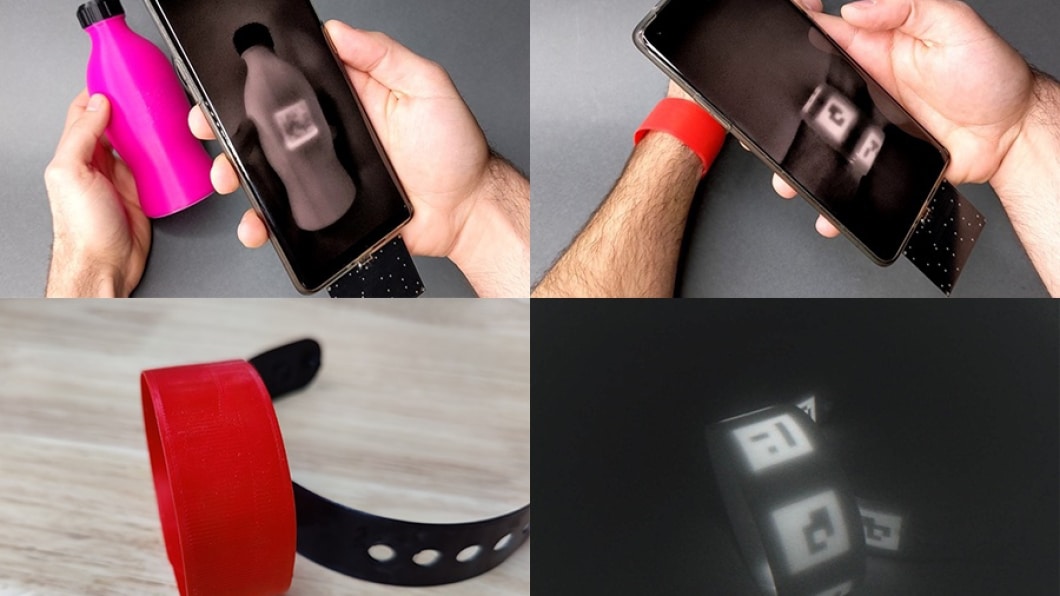Bar and QR codes have seemingly spread to every aspect of modern life, but this ubiquity is not an absolute necessity. MIT scientists have pioneered an innovative concealed tagging system called BrightMarker. This cutting-edge technology involves integrating fluorescent tags into products and items, which can be scanned and tracked using an infrared camera.
Thanks in part to the global pandemic, QR codes have rapidly gained traction in mainstream usage, offering a convenient way to swiftly access websites from the tangible world by merely scanning the diminutive black and white box. These codes are commonly used on event posters for ticket procurement, restaurant tables displaying a digital menu, and serving as conduits to additional information in settings such as museums and art galleries.
Despite their unassuming nature, it’s important to acknowledge that QR codes can be susceptible to substitution with codes that direct users to scams or malicious software. Additionally, you could argue against their aesthetic appeal and the physical space they occupy on objects.
The current iteration of BrightMarker necessitates direct embedding into 3D-printed objects during the design phase. Employing a specialised software plugin, a BrightMarker tag is incorporated into the digital model and subsequently exported as an STL file. This digital blueprint is then used with fluorescent filaments in the digital printing process to produce an object containing a concealed tag. Importantly, this procedure maintains the object’s original form, function, and appearance, as confirmed by the development team.
The tags themselves are composed of a fluorescent material that emits light at near-infrared wavelengths. This ensures that the tags exhibit high contrast when viewed through infrared cameras. To facilitate detection, the team has engineered compact hardware attachments that can be affixed to smartphones or VR/AR headsets.
Previously, the team devised InfraredTags, operating on a similar principle. However, their utility was limited to black objects and their tracking capabilities were hampered due to a lack of distinction against background wavelengths of light. In contrast, the new BrightMarker design supports a spectrum of colours and offers enhanced contrast, thereby providing clearer views of the codes.
The potential applications of this system are multifaceted. The researchers propose that BrightMarkers could be employed to trace an object’s historical trajectory, authenticate its origin, monitor movements during shipping, and fulfil functions akin to those currently served by traditional barcodes or QR codes.


Recent Comments